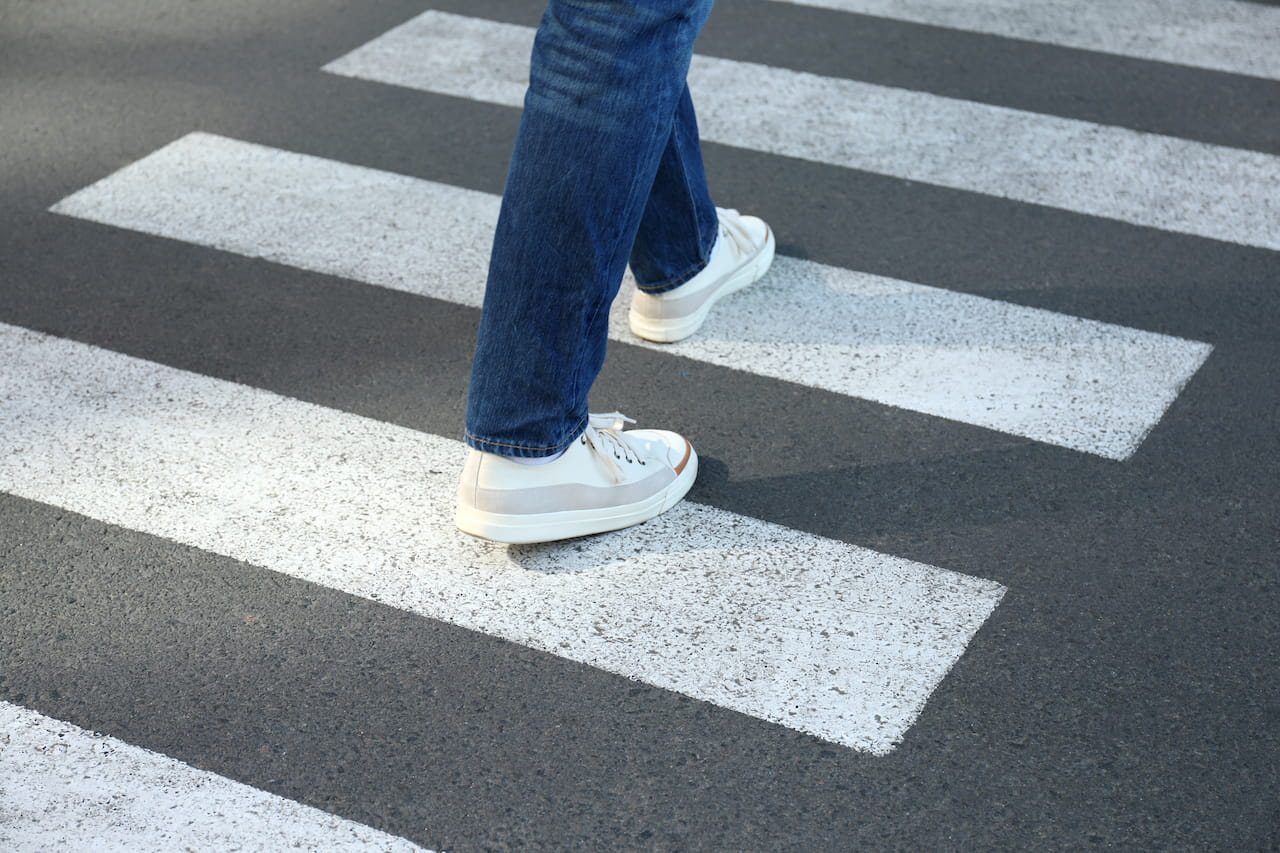
Former Mayor Bill DeBlasio's much touted Vision Zero is now largely in shambles. The number of traffic deaths, especially pedestrian deaths, has increased significantly in the Big Apple since 2019. Now, a new mayor is using a new plan to hopefully stop the bloodshed.
Studies indicate that raised crosswalks slow traffic and increase pedestrian visibility. City officials plan to add more aggressive enforcement measures to the mix as well. "We are taking everything we have done to a higher level,” NYC transportation commissioner Ydanis Rodriguez declared. “We are declaring intersections are sacred spaces and should be protected," he added. The city is considering other innovations as well, such as expanding automated speed cameras in school zones, lowering speed limits on high-crash thoroughfares, re-timing walk signals to give pedestrians more time to cross, and installing miles of protected bike lanes.
2021 was the deadliest year since 2013 in terms of New York City traffic accident fatalities.
Raised sidewalks, longer red lights, traffic circles, lower speed limits, and other traffic calming measures are extremely popular among civil engineers. Many are convinced that such changes almost guarantee pedestrian safety. But that's usually not the case. In fact, such initiatives often have the opposite effect.
Concrete pillars that separate bicycle lanes from other traffic lanes are a good example. These pillars give cyclists an additional safety cushion. They also limit driver visibility. Motorists do not have X-ray vision and they cannot see through concrete structures. Lack of visibility, which was already a problem in this situation, becomes worse. Most drivers are like raging bulls. Fast-moving objects, such as traffic lights that quickly change color, draw their attention. Slow-moving bicyclists don't draw many eyeballs.
Traffic calming measures sometimes have the opposite psychological effect as well. One person interviewed in the above story openly opposed such measures because they extended his commute. By extension, this motorist also didn't like pedestrians clogging the roads. Most other drivers share these feelings. They just don't express them in public very often.
Cost is a factor as well. Raised crosswalks usually cost over $15,000 per intersection. For starters, Mayor Eric Adams wants to raise 100 crosswalks. That's $15 million the city doesn't have. As an argument in opposition to traffic calming measures, "we can't afford it" sounds much better than "we don't like it."
Therefore, people who are scared to cross the street in New York City and are counting on government help might be sorely disappointed. That's okay. When politicians drop the ball on health and safety issues, New York personal injury attorneys are there to help people. Legal compensation is available in crosswalk pedestrian accident cases, no matter what color the light was.
This fault division breakdown is called comparative fault, or contributory negligence. Based on the evidence, jurors must divide responsibility between the two parties.
Basically these same principles apply in virtual crosswalk accidents. Pedestrians activate these crosswalks, which are usually at non-intersections, by pressing buttons that activate flashing yellow lights. Motorists are supposed to stop when they see these lights.
If the flashing lights were still flashing at the time of impact, the "green light" discussion above usually applies. If the pedestrian started across the street on flashing yellow but didn't make it to the other side before the lights turned off, that's a "yellow light" collision.
More than compensation is at stake in these situations. Negligence judgments prompt motorists to drive more carefully and watch for pedestrians more actively. In this respect, injury claims are like traffic calming measures that taxpayers don't have to pay for. Instead, an insurance company foots the bill. American insurance companies collect over a trillion dollars a year in premiums. So, they can afford it.
Most pedestrian accidents happen outside virtual or permanent crosswalks. Vehicles are usually traveling at or near full speed at the time of impact in these cases. So, the pedestrian death rate in non-crosswalk injury claims is alarmingly high.
Normally, a non-crosswalk accident is like a red light crosswalk accident, at least from a legal perspective. However, the sudden emergency defense, which is basically like comparative fault on steroids, sometimes comes into play in these cases.
As outlined above, comparative fault usually only reduces compensation. If it applies, sudden emergency derails a damage claim. This doctrine applies if the tortfeasor reasonably reacted to a sudden emergency.
The first element is usually present. When most people hit pedestrians, they pull over and wait for emergency responders to arrive. That's clearly a reasonable reaction.
The second element is harder to prove. Normally, a "sudden emergency" is almost synonymous with "an act of God." Sudden powerful wind gusts and random lightning strikes are usually sudden emergencies. No one could anticipate these things. A jaywalking pedestrian, on the other hand, is a predictable hazard as opposed to a sudden emergency. So, the defense is usually inapplicable.
Injury victims are usually entitled to significant compensation. For a free consultation with an experienced personal injury attorney in New York, contact the Pianko Law Group, PLLC. We do not charge upfront legal fees in these matters.